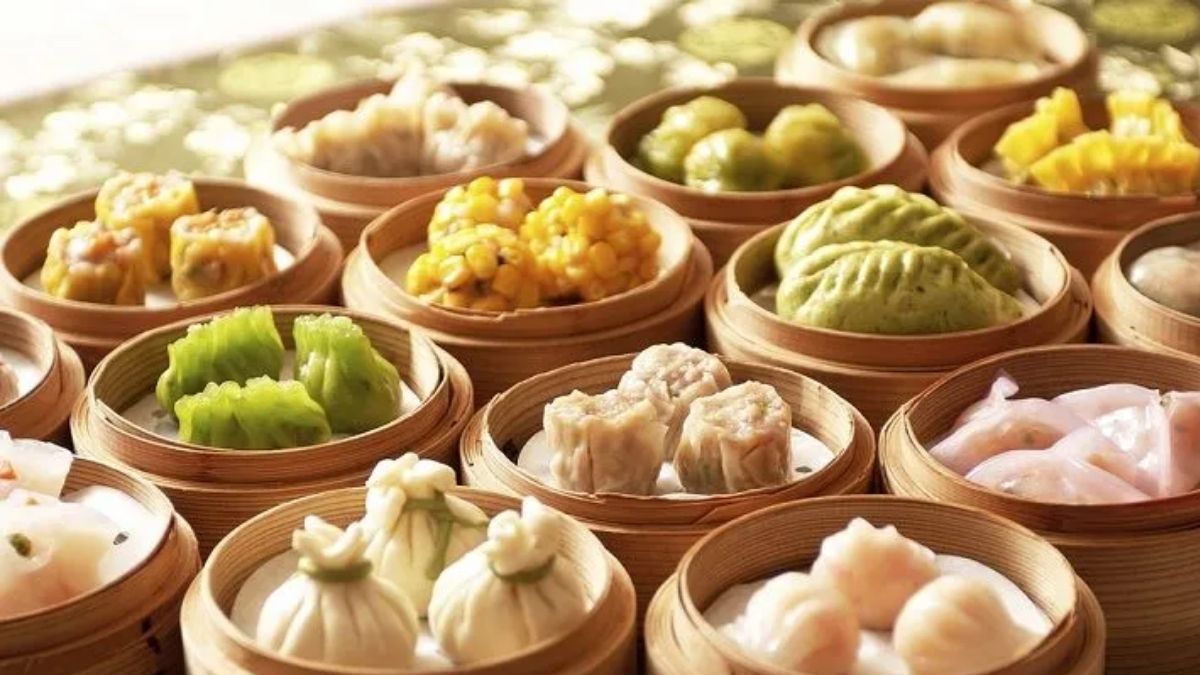
What's The Difference Between Dumplings, Dim Sums And Momos? Here's A Guide
The white dumpling wrappers are the classic wrappers used for Chinese dumplings at Yum Cha / Dim Sum - the ones that become a bit see through once steamed. 8. Flying fish roe (aka tobiko) - tiny little bright orange fish eggs used to garnish Siu Mai. Sold at Asian stores - or buy a couple of fish roe sashimi from the sushi shop and use the roe!

Shumai Vs Gyoza Vs Dumplings What Are The Differences Between Them
Lo mai gai (steamed glutinous rice) One of the more filling dishes on a dim sum menu, it's made by steaming sticky rice flavored with chicken, mushrooms, Chinese sausage, and/or scallions in a lotus leaf, though you'll often find it wrapped in a banana leaf instead.

Shrimp Dim Sum recipe Eat Smarter USA
From delicate har gow (shrimp dumplings) with translucent wrappers to sui mai (pork and shrimp dumplings) adorned with vibrant orange roe, dim sum offers something for every palate. The menu is a treasure trove of dumplings, buns, rolls, and more, often featuring ingredients like tender meats, fresh seafood, and a medley of vegetables.
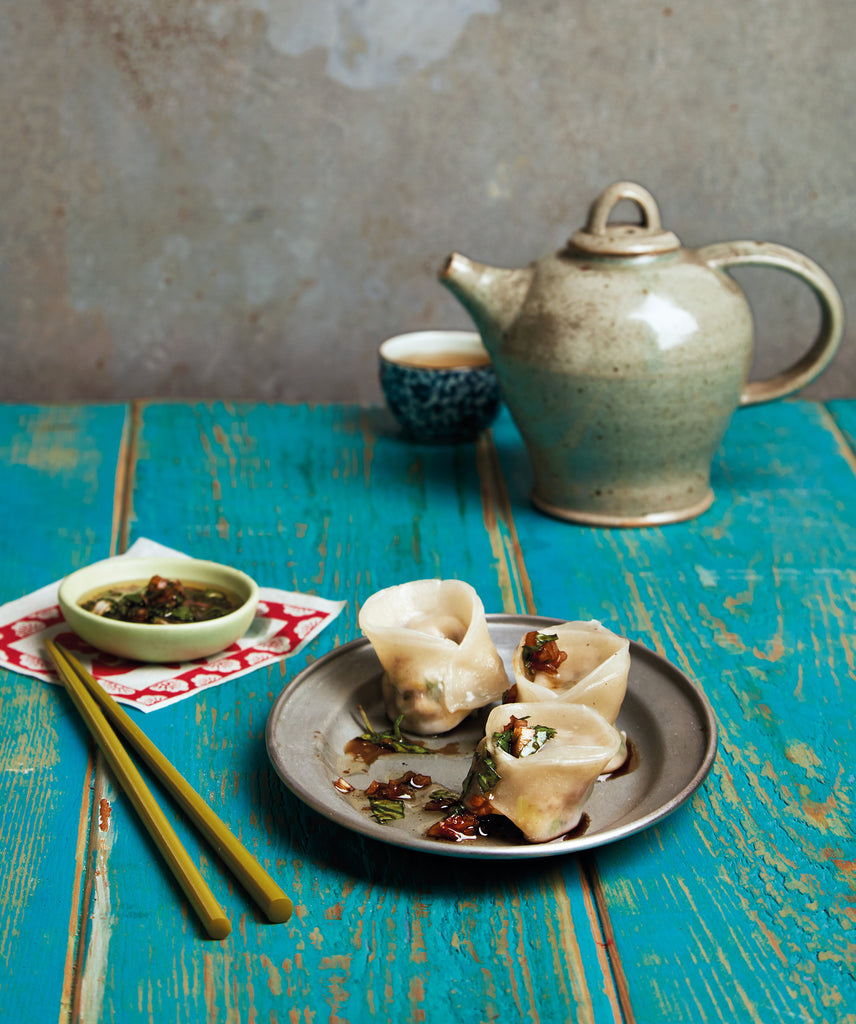
Vegan Dim Sum Dumplings recipe Ryland Peters & Small rylandpeters
Yes, American Chinese Food Is Authentic Chinese Food. But, in general, there are two broad categories of Chinese dumplings: gao, or crescent-shaped dumplings; and bao, or round, purse-shaped dumplings. Within these categories, there are nearly endless variations, depending on the type of wrapper (wheat and rice are the most common), what type.

Pin by FIFFI LOSTARI on ᴇᴀᴛᴇʀʏ Dim sum, Japan food, Prawn dumplings
Summary of Dim sum vs. Dumplings. Dim sums refer to a common Chinese dish that is prepared with any kind of floor and finely chopped or diced fillings. They can be prepared without fillings. In this case, the taste of the outer covering is enriched with batter, pastry or even leaves. On the other hand, dumplings refer to a common Chinese dish.
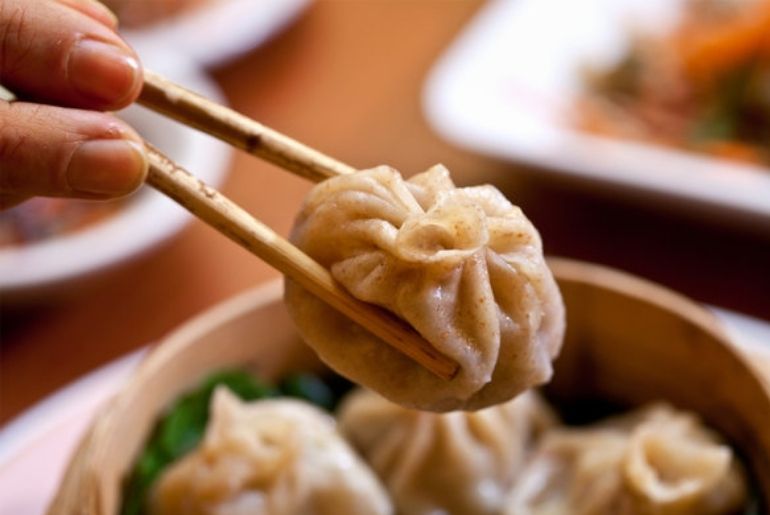
What's The Difference Between Dumplings, Dim Sums And Momos? Here's A Guide
The Beginner's Guide to South China's Traditional Brunch Meal. Dim sum is a traditional Chinese meal made up of small plates of dumplings and other snack dishes and is usually accompanied by tea. Similar to the way that the Spanish eat tapas, the dishes are shared among family and friends. Typically dim sum is consumed during brunch hours.
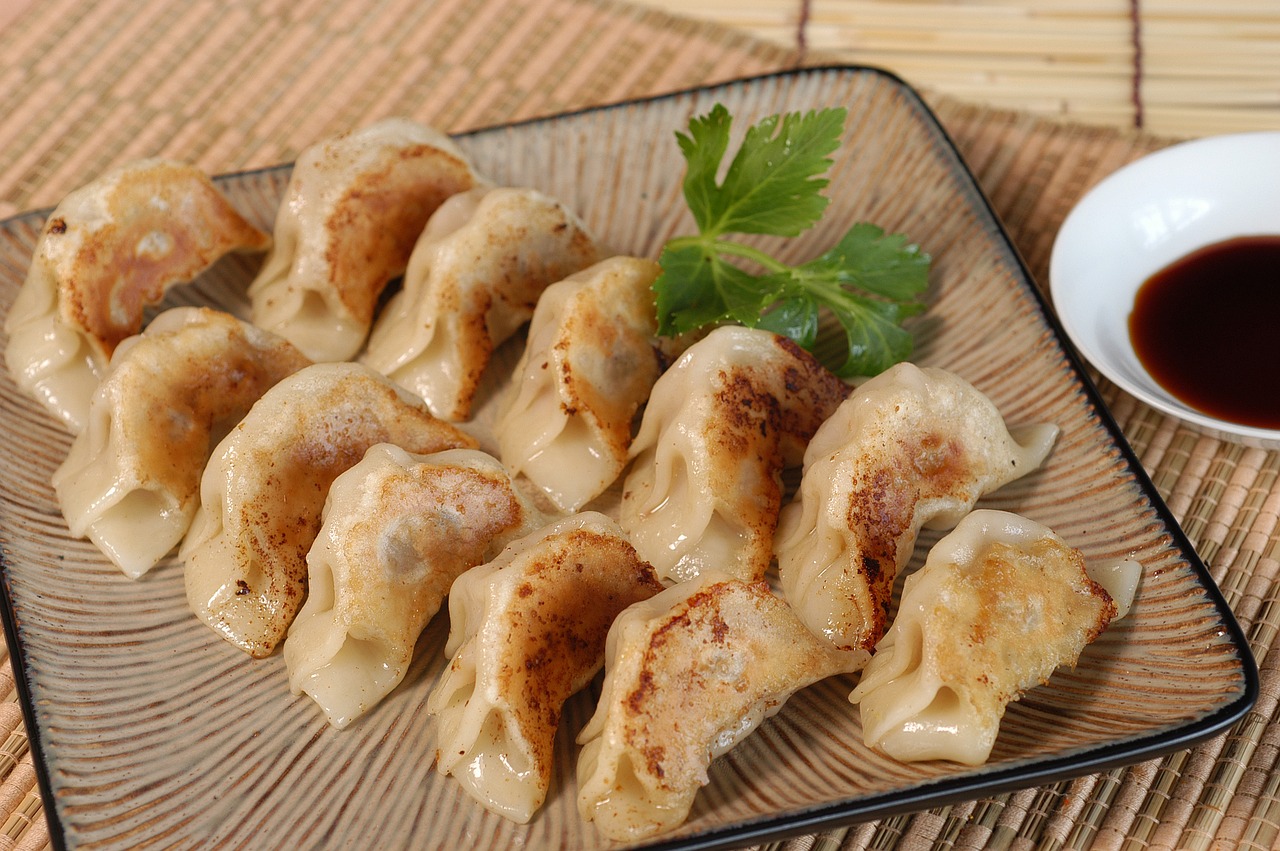
Dim Sum vs Gyoza What's the Difference? Substitute Ninja
Momos and dim sums are bite-sized snacks, but dumplings can be of any shape and size. 4. Momos and dumplings are flour-based but dim sums can be made from any flour starch, including wheat starch. 5. Momos are usually cylindrical in shape and dim sums are usually cooked in round shape. 6.

15 Tasty Dim Sum Recipes You Can Make at Home (Yes, Really!) in 2020
This is partly because dim sum is usually lighter in calories and flavor, while dumplings tend to be heartier and more filling. However, dim sum and dumplings can be enjoyed as part of a larger meal or as a standalone dish. 6. Flavor. Dim sum and dumplings also differ in terms of flavor.
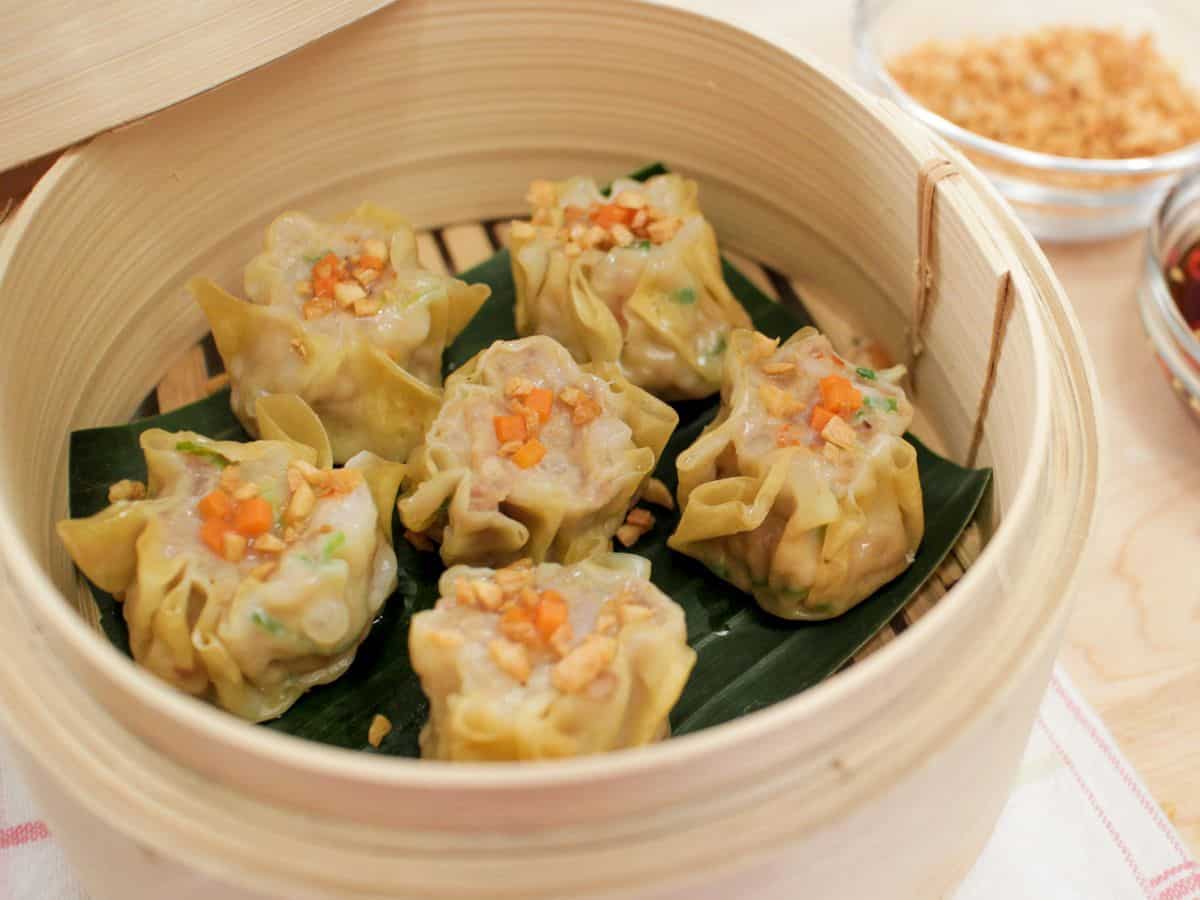
Shumai Shrimp & Pork Steamed Dumplings Hot Thai Kitchen
The main difference between dumplings and dim sum is that dumplings are a type of food, while dim sum is a type of cuisine. Dumplings are usually made from a single piece of dough, while dim sum dishes can be made from a variety of ingredients. Additionally, dumplings are often served boiled or steamed, while dim sum dishes can be served fried.

Dim Sum Vs Dumplings What’s The Difference? EverestHimalayanCuisine
Xiao Long Bao, also known XLB for short or Little Dragon Buns for a literal translation, are steamed dumplings made of ground pork and pork broth. The common question with XLB is how they get the broth inside the dumpling. The answer fascinated me and many others.
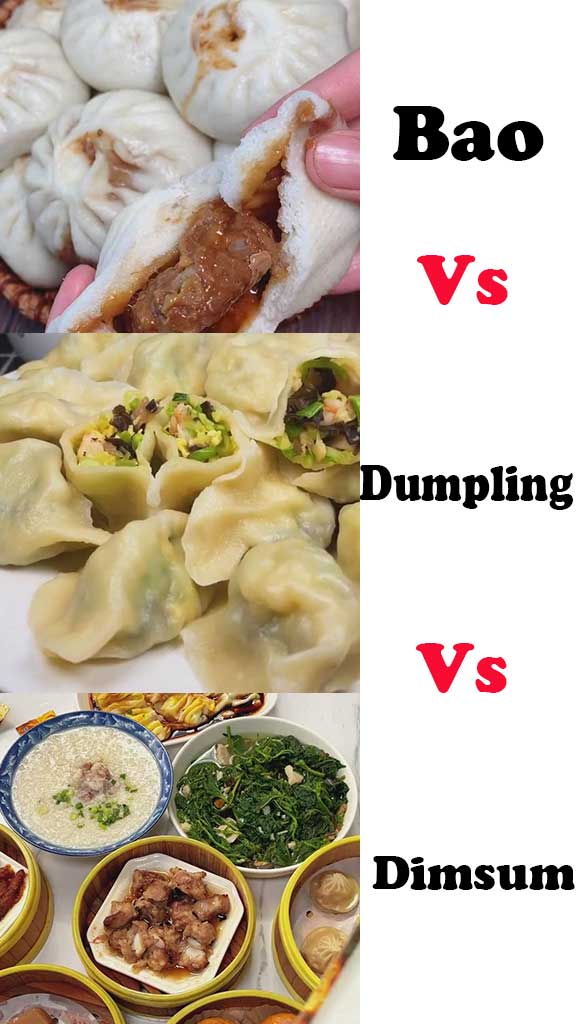
Bao Vs Dumpling Vs Dimsum Are They The Same? Kitchen (Mis)Adventures
To Summarize. In summary, bao buns are made from fermented yeast dough, while dumplings are only made from wheat flour without the yeast. Since bao dough contains yeast, it needs more time to rise and results in thinner skin than dumplings. In terms of cooking, baos are usually steamed, baked, and sometimes pan-fried.
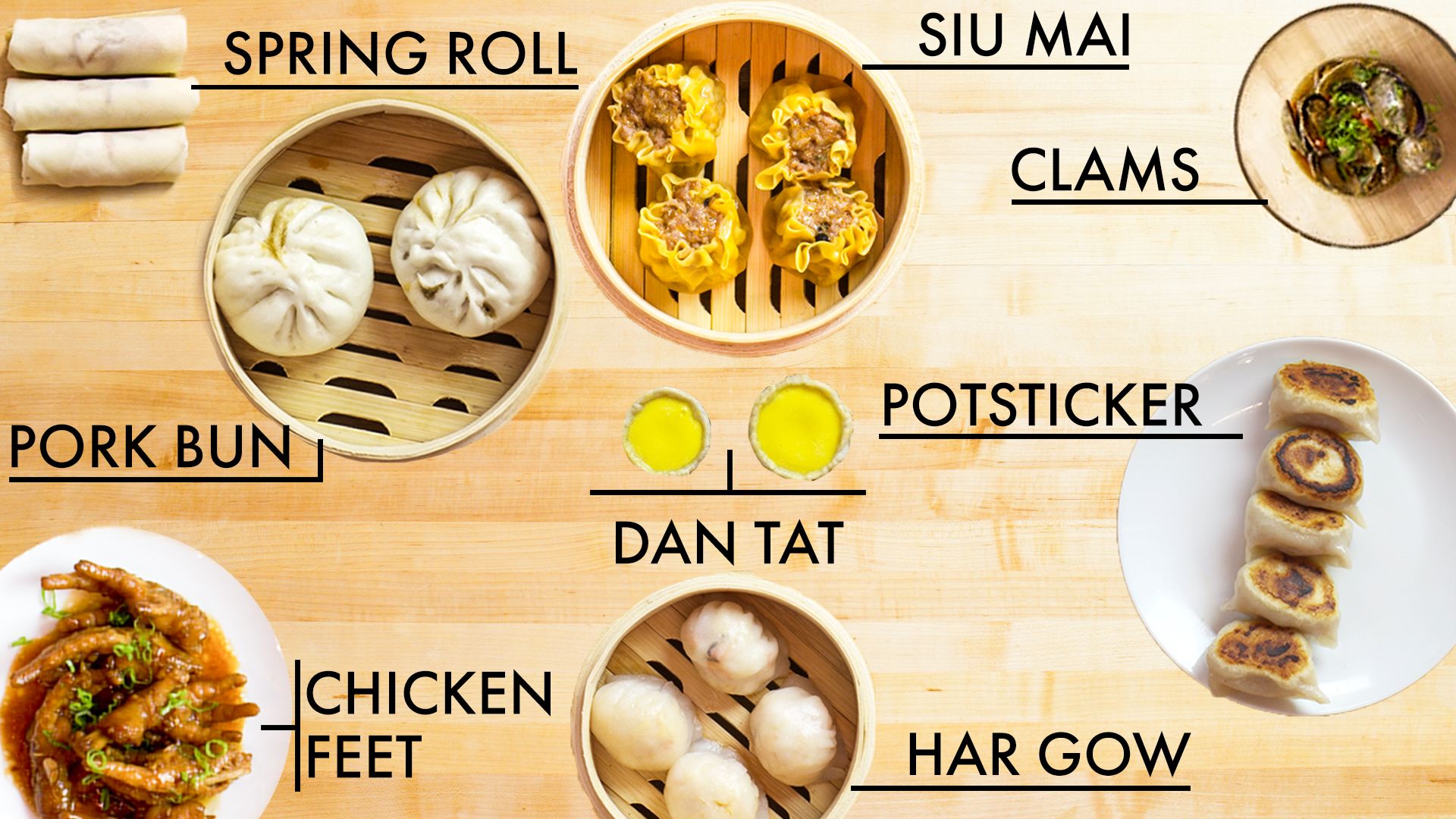
Watch How To Make 8 Types Of Dim Sum Handcrafted Bon Appétit
Mix the wheat starch and cornstarch in a mixing bowl. Slowly add in the boiling water, while stirring rapidly. Now add in the lard (or oil) and continue to stir. Knead the dough for a couple of minutes, until it turns into a smooth dough ball. Roll the dough into a long cylinder, and divide it into 18 equal pieces.
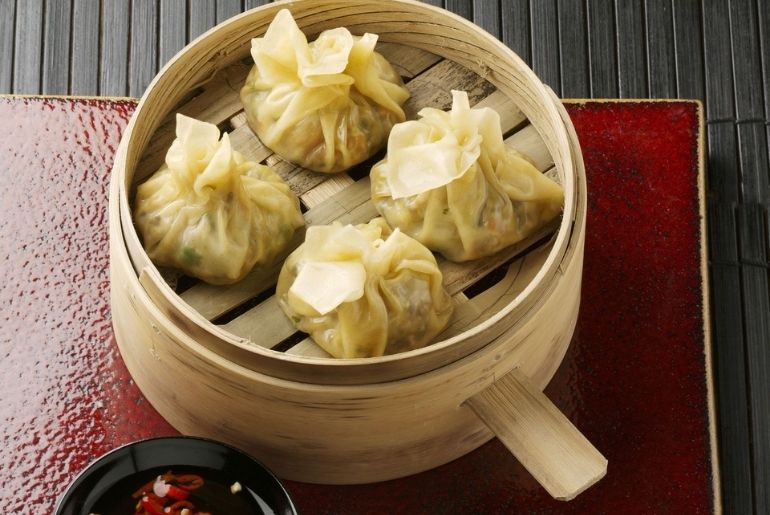
What's The Difference Between Dumplings, Dim Sums And Momos? Here's A Guide
In a wok or medium-sized pot, bring 3 cups of water to a boil. While that's happening, prepare a bowl of ice water. Add the spinach and/or leafy greens to the boiling water, and stir for 30 seconds until just cooked through. Use a Chinese spider or metal strainer to transfer the blanched greens to the ice water bath.
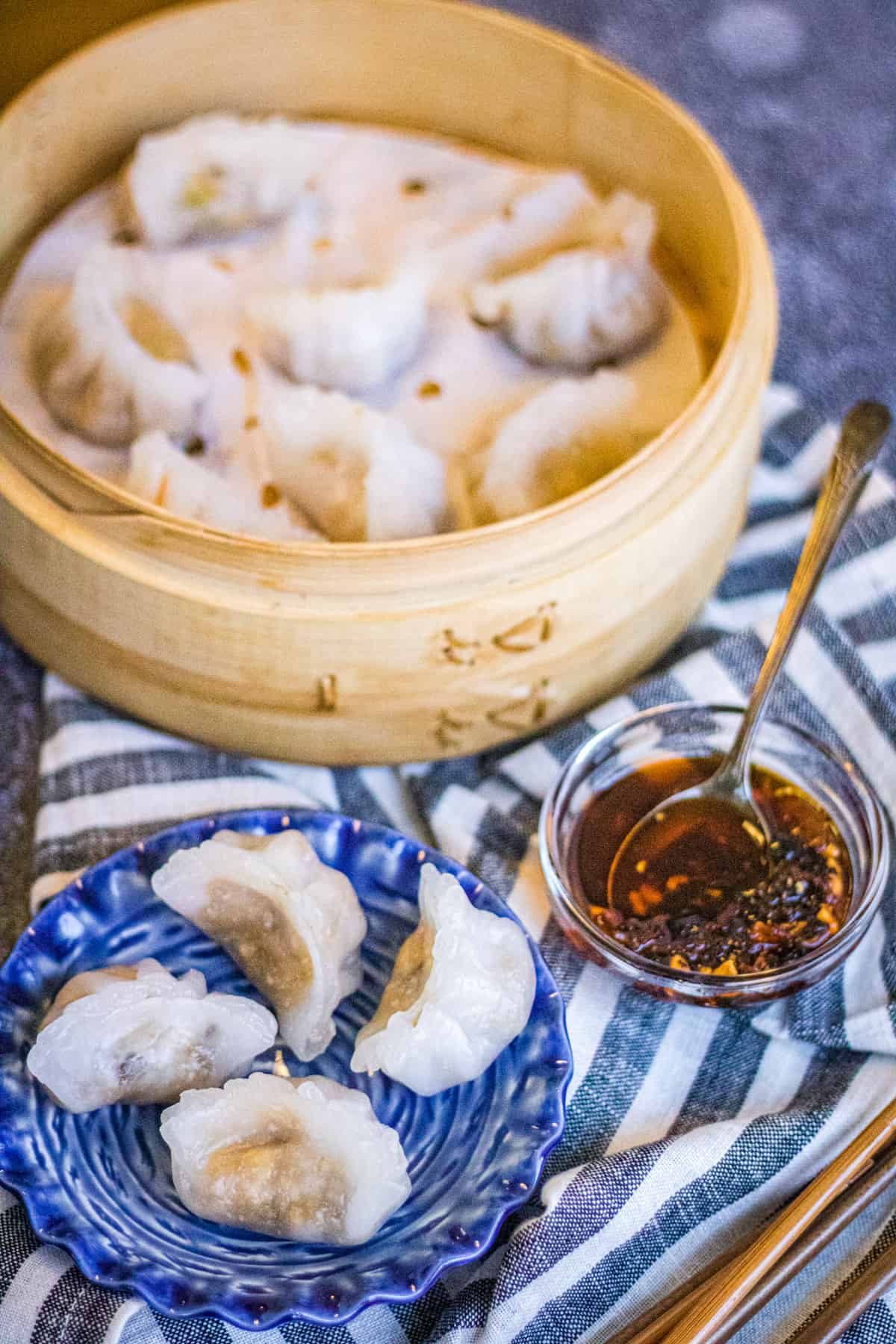
Crystal Vegetarian Dumplings All Ways Delicious
The main difference between dumplings and dim sum is that dumplings may be served with stew, gravy, or soup while dim sums are commonly served with tea. These Chinese dishes are both very unique in taste and delicious as well. And it may be almost impossible to say one is better than the other. When it comes to dim sum and dumplings it is.
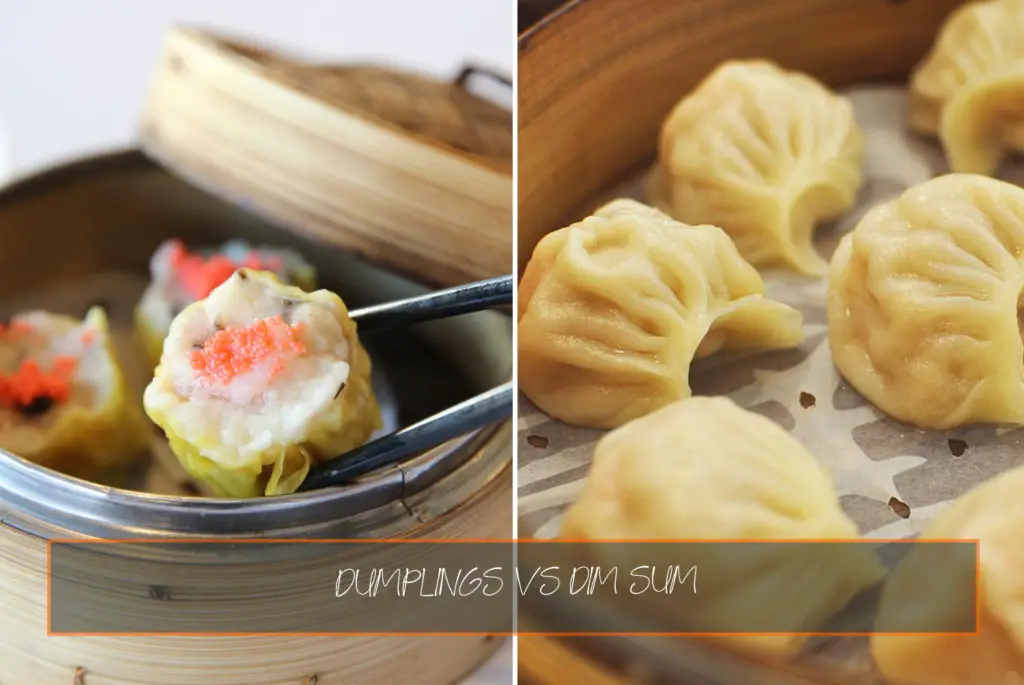
Dumplings Vs Dim Sum What's The Difference? Loving Food
3. Dim Sum. Dim Sum means 'touches the heart' and is never served alone. Dimsums always are accompanied by a beverage like tea. They too are fillings wrapped in the dough but the outer covering is generally semi-transparent or fully transparent. The filling is always diced or chopped finely and also come in sweet variants.

dumplings dim sum steamed rice noodles cantonese Dim sum, Food
The key difference lies in the scope: dim sum is a dining experience and a collection of dishes, of which dumplings are a part. In contrast, dumplings are a specific food item that can vary widely in preparation, ingredients, and serving methods, depending on the cultural context. 12.